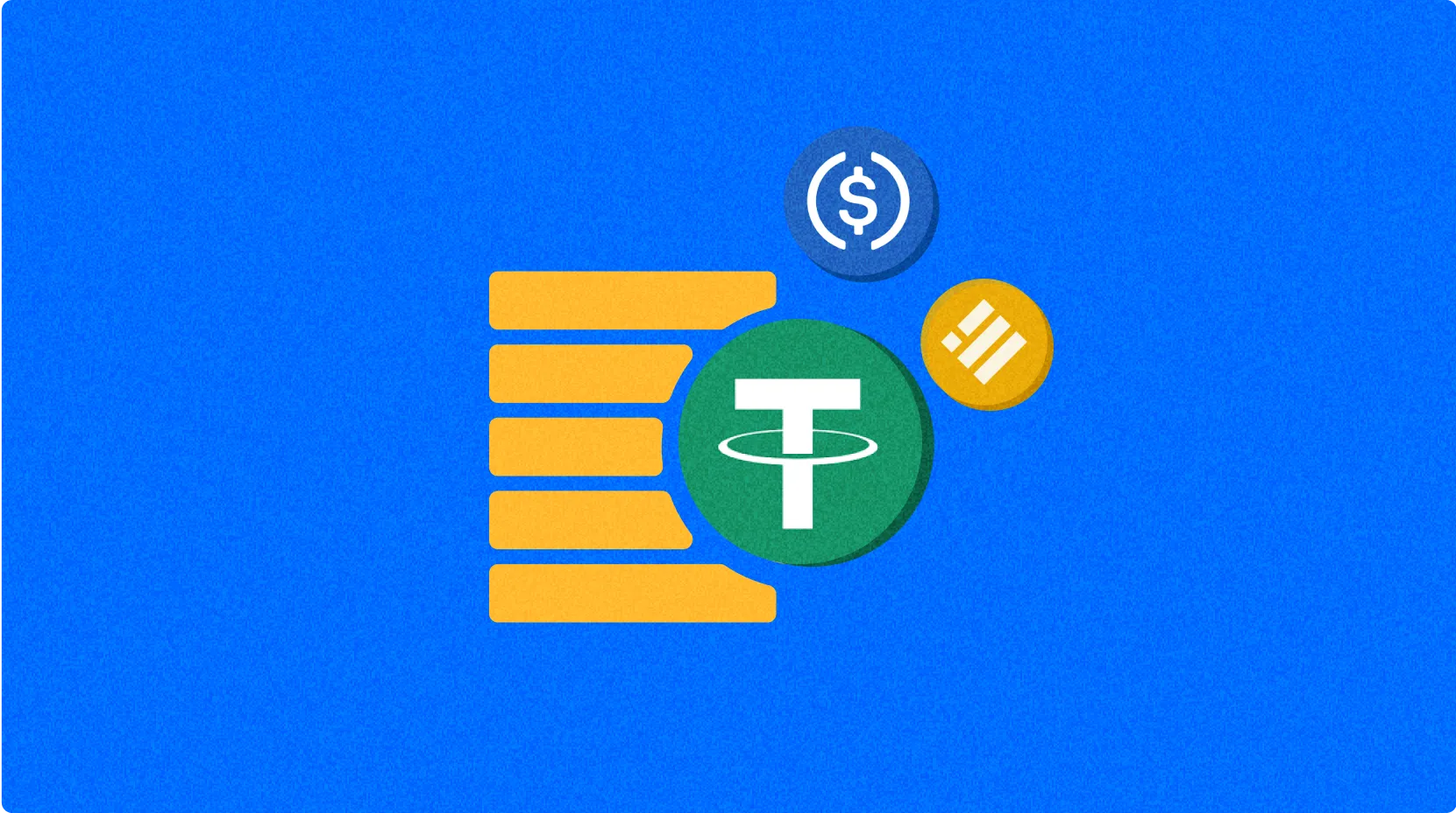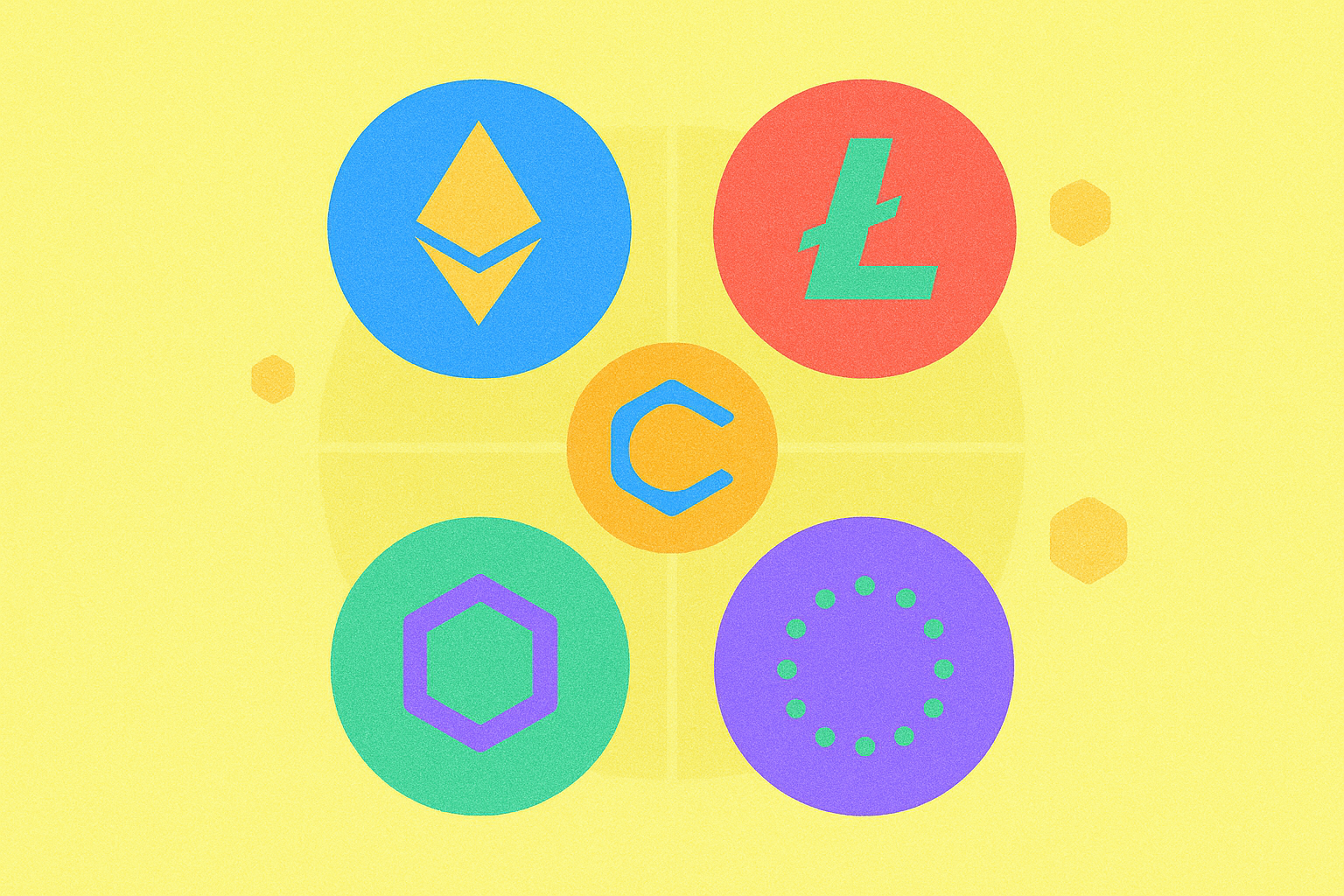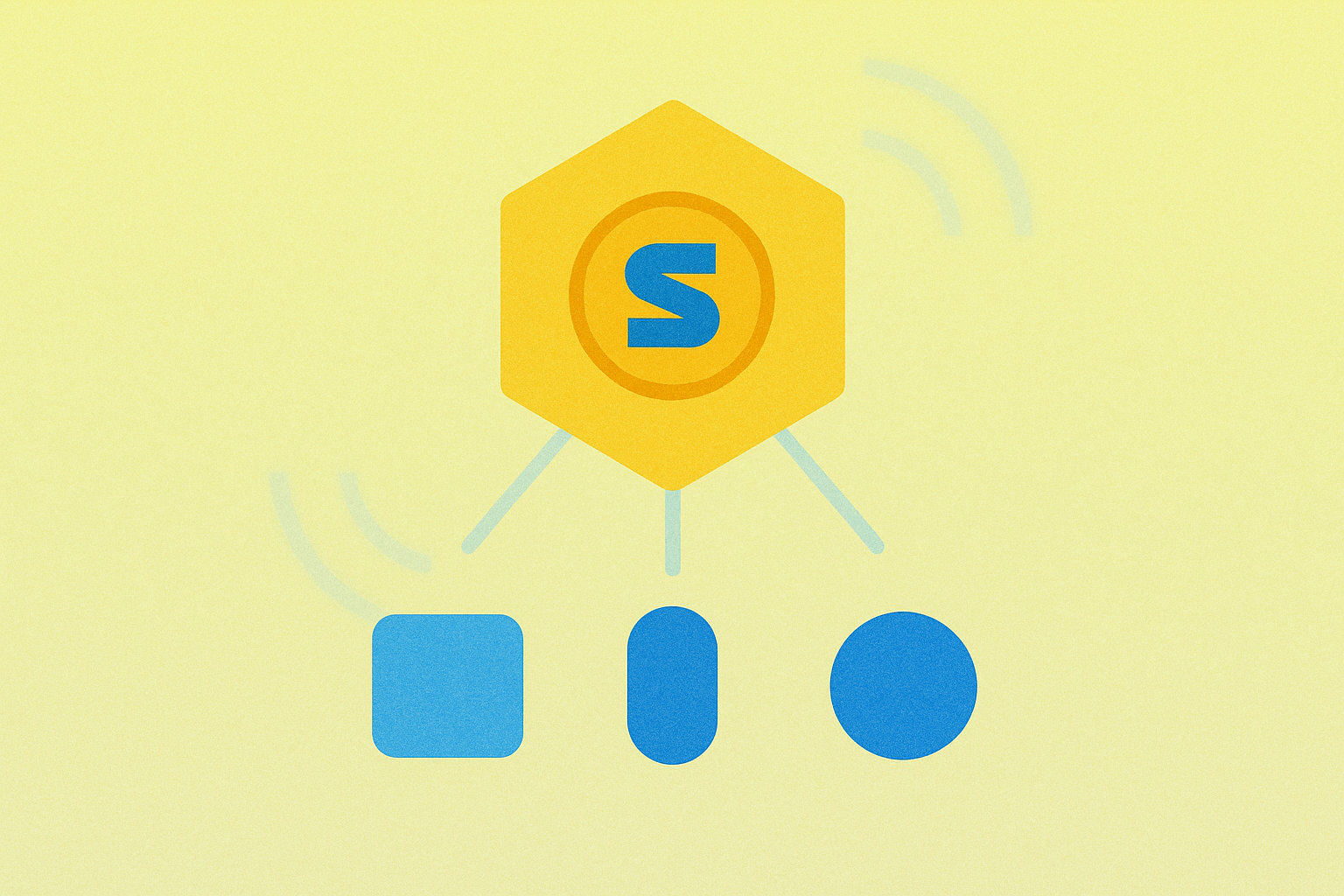2025年,哪些关键基本面因素将驱动Litecoin(LTC)的市场表现?

Litecoin核心优势:2.5分钟出块速度与8400万总量
Litecoin以其基础技术优势,在提升交易效率与优化经济模型方面独具特色,成为加密货币领域的重要代表。2.5分钟出块显著优于其他主流加密币,交易确认更快,极大提升了网络在日常支付中的实用性。高效确认速度让Litecoin尤其适合POS支付等对等待时间要求较高的场景。
Litecoin的经济模型以8400万枚的最大供应量为核心,决定了其通缩属性与稀缺性。与Bitcoin比较,Litecoin有以下明显区别:
| 特点 | Litecoin | Bitcoin |
|---|---|---|
| 出块时间 | 2.5分钟 | 10分钟 |
| 最大供应量 | 8400万 | 2100万 |
| 交易手续费 | 约$0.05 | 明显更高 |
| 挖矿算法 | Scrypt | SHA-256 |
凭借上述参数,Litecoin在保障安全性和去中心化的基础上,交易速度约为Bitcoin的4倍。更快出块与低手续费(均值约$0.05),让Litecoin被称为“数字白银”,是Bitcoin“数字黄金”的理想补充。Gate用户常用Litecoin在交易所间转账,凭借高效性能,其日均交易额稳定超过1000万美元。
LTC市场地位:加密货币市值排名第5
Litecoin在加密市场稳居重要地位,目前市值排名第5。面对日益激烈的数字货币竞争,这一成就尤为突出。最新市场数据显示,Litecoin与其他主流加密币的市值对比如下:
| 加密货币 | 市值排名 | 市值 |
|---|---|---|
| Bitcoin | 第1 | $2.14万亿 |
| Ethereum | 第2 | $4710亿 |
| Tether | 第3 | 约$750亿 |
| BNB | 第4 | 未公布 |
| Litecoin | 第5 | 约$70亿 |
Litecoin的排名彰显其历史积淀与持续影响力。作为2011年诞生的早期Bitcoin替代币,Litecoin具备更快交易确认(2.5分钟对比Bitcoin的10分钟),并采用不同哈希算法(Scrypt)。当前流通量约7640万枚,最大供应量8400万枚,Litecoin在波动市况下依然保持强势。全球80家交易所日均交易额超1000万美元,流动性与市场关注度持续高企。Litecoin长期位居加密币前列,得益于技术优势和成熟社区,在快速变化的市场中表现坚韧。
技术创新:SegWit与闪电网络应用
Litecoin作为加密行业技术先行者,率先引入诸多创新。2017年,Litecoin成为首个实现隔离见证(SegWit)的主流加密币,在区块扩容方面领先于Bitcoin。SegWit通过优化区块数据结构,显著提升了交易吞吐率和性能。
闪电网络集成是Litecoin技术体系的又一重要升级。该二层方案带来几乎即时的交易体验和极低手续费,使Litecoin更适用于日常支付。通过闪电网络实现的原子跨链交易,用户可即时无对手风险地兑换LTC和其他币种。
Litecoin与Bitcoin的技术参数对比如下:
| 特点 | Bitcoin | Litecoin |
|---|---|---|
| 出块时间 | 10分钟 | 2.5分钟 |
| 挖矿算法 | SHA-256 | Scrypt |
| 最大供应量 | 2100万 | 8400万 |
| SegWit应用 | 晚于Litecoin | 首个主流币 |
Scrypt哈希算法的选用,使挖矿门槛更低,资源消耗更小。2024年,Litecoin交易手续费长期低于$0.04,凸显了技术创新的实际成效,成为高效价值转移载体。
应用与前景:链上交易量增长与日常支付潜力
2025年,Litecoin链上交易量表现强劲,应用场景不断拓展。最新数据显示,Litecoin日交易量达约11030万枚,总价值123.3亿美元,占总市值142%以上。如此高的交易额显示Litecoin作为交换媒介的实际用途不断增强,突破了单纯投机属性。
主流交易所数据显示,Litecoin流动性和交易热度持续提升:
| 交易所(交易对) | 24小时成交量 | 市场份额 | 流动性评分 |
|---|---|---|---|
| Gate(LTC/USDT) | $6636万 | 8.90% | 778 |
| OKX(LTC/USDT) | $2747万 | 3.68% | 635 |
| Bybit(LTC/USDT) | $1462万 | 1.96% | 609 |
Litecoin未来走势乐观,2025年8月价格预测区间为$112.67-$118.68。Messari报告预计,在支付应用场景持续增长的推动下,LTC市值有望进入加密币前五,价格目标区间为$380-450。若LTC ETF获批,有望成为机构入场的重要驱动力,进一步巩固Litecoin在普惠支付领域的地位,并带动市值持续提升。
FAQ
LTC加密货币适合投资吗?
LTC在2025年具备良好投资潜力。网络基础扎实,用户采用率持续上升,预计LTC有望迎来显著涨幅。分析师预测年底潜在价格达到$500。
Litecoin有可能涨到$10,000吗?
虽有可能,但短期难以实现。需市场极度扩张和大规模采用。长期潜力依然存在,目前条件尚不具备。
LTC未来如何?
LTC前景积极。2025年ETF有望获批,技术走势向好,分析师普遍看涨。短期虽有挑战,长期发展动力强劲。
LTC目前是买还是卖?
当前LTC并非强烈买入标的。动量评分偏低,动量投资者兴趣有限,价值投资者可在其他资产中寻找更优机会。

什么是 BCH:比特币现金详解及其在加密货币生态体系中的价值与作用

什么是 LTC:Litecoin 加密货币全方位解析

什么是 LTC:深入了解 Litecoin 及其在加密货币生态体系中的重要作用

什么是 BCH:全面解析 Bitcoin Cash 及其在加密货币生态体系中的重要作用

Litecoin(LTC)是什么?2025年它与Bitcoin相比有哪些差异?

什么是BCH:比特币现金这一开创性加密货币详解

Hotbit平台关闭后如何提取资金

AI预测2025年有望增长的10大加密货币 | 行业专家解析

SMTX是什么:表面贴装技术X及其在现代电子制造中的应用全方位解析

什么是SOIL:深入解析地球生态系统及农业生产力的根基

KONET是什么:韩国国家光纤网络基础设施详尽指南







